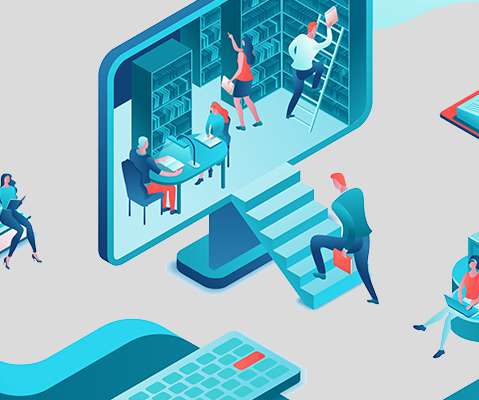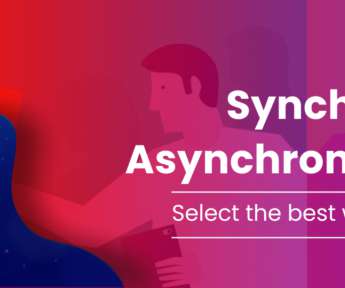Asynchronous or Synchronous A Guide To eLearning Approaches
KnowledgeAnywhere
JANUARY 11, 2021
For learners to participate and acquire new skills and knowledge, there are two methods of online training to pay attention to; synchronous and asynchronous eLearning. Most of us are familiar with different types of eLearning from enrolling in classes and seminars that utilize virtual classrooms. Asynchronous eLearning.

































Let's personalize your content